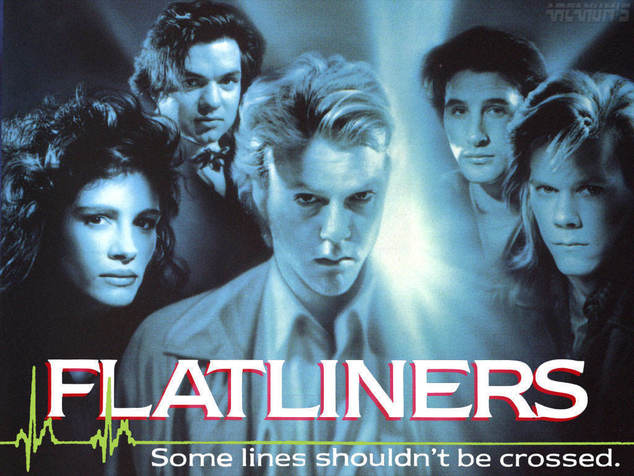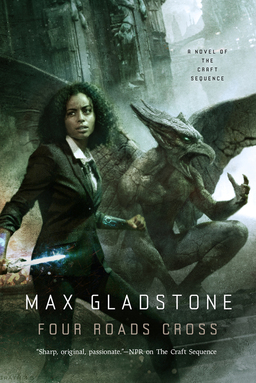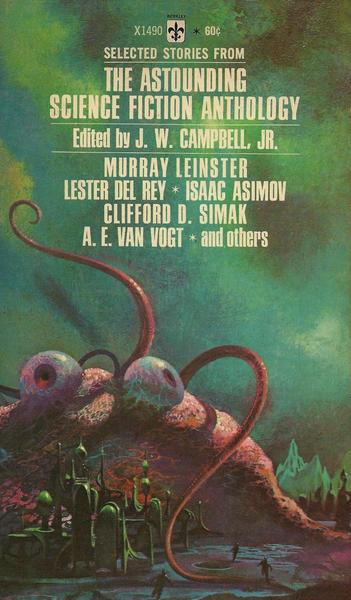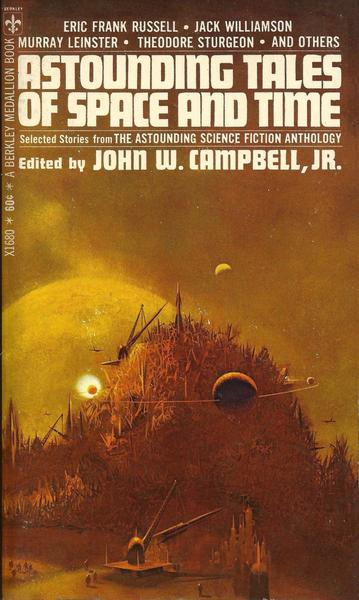Dorsai and Secret Psi Powers: Rich Horton on The Genetic General/Time to Teleport by Gordon R. Dickson
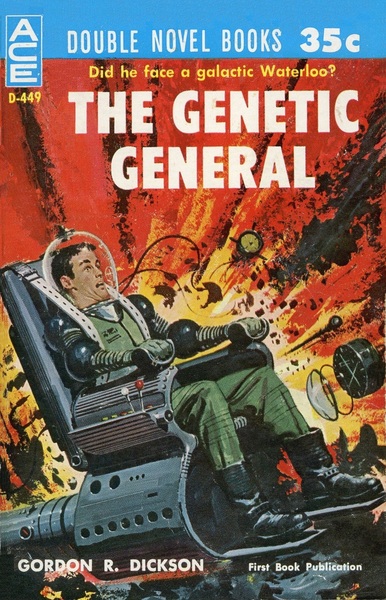 |
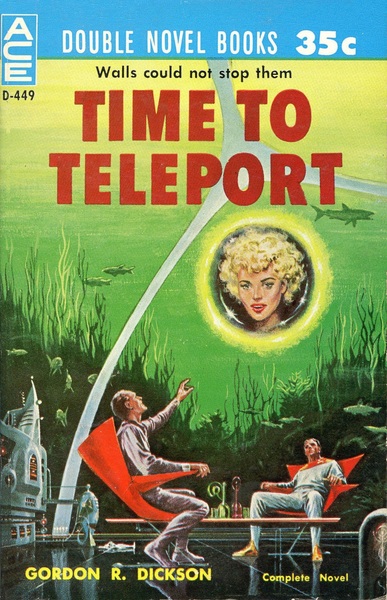 |
Over at Strange at Ecbatan, Rich Horton turns his attention to an author who’s rapidly being forgotten in the 21st Century: Gordon R. Dickson.
So this time an Ace Double featuring a pretty significant novel in SF history, by a pretty significant writer. The Genetic General is much better known as Dorsai!, the title under which it was serialized in Astounding in 1959… Dorsai! was the first major story in Dickson’s central series, called The Childe Cycle… The Genetic General is about a young man of the Dorsai people, from the planet called Dorsai, orbiting Fomalhaut. The Dorsai are mercenaries, and Donal Graeme, as the book opens, is a very young man just ready to go out into the wider human civilization and take on his first assignment. Immediately he encounters a beautiful but scared woman, Anea, the Select of Kultis, one of the Exotic worlds. She has taken a contract to be an escort for the powerful merchant William of Ceta, and wants Donal to get rid of it. He of course realizes that would be a crime and a mistake, and so refuses, but he is set on a collision course with William…
It’s early Dickson, not as well done as some of his later work. But it is quite exciting, and Donal’s military feats make good stories. And Dickson’s ambition is quite apparent — he is interested in deeper themes than just good adventure. I quite enjoyed the book.
Dorsai! was a major installment in a highly popular multi-novel sequence from Dickson, and it remained in print for decades. As Rich noted, it originally appeared in Astounding, serialized across three issues (May, June, and July) in 1959.
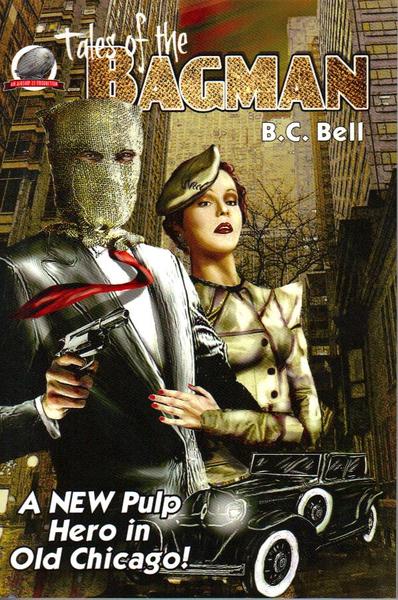
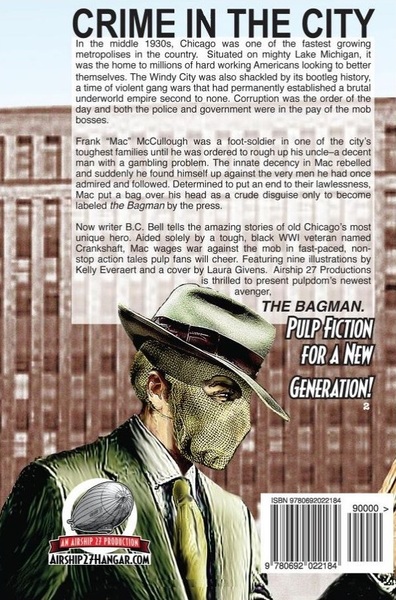
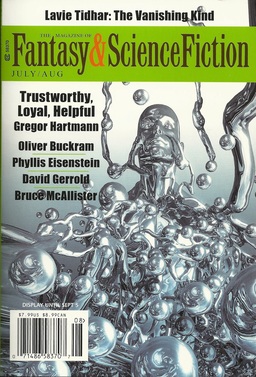
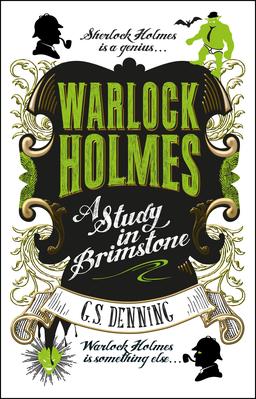
 I don’t think there’s anyone in the Fantasy and SF community that isn’t familiar with this concept (I first came across it in a Heinlein novel) but just in case: There’s a point at which all the necessary components to allow for an invention to flourish are in existence, and at that point – and not before – the invention takes off.
I don’t think there’s anyone in the Fantasy and SF community that isn’t familiar with this concept (I first came across it in a Heinlein novel) but just in case: There’s a point at which all the necessary components to allow for an invention to flourish are in existence, and at that point – and not before – the invention takes off.